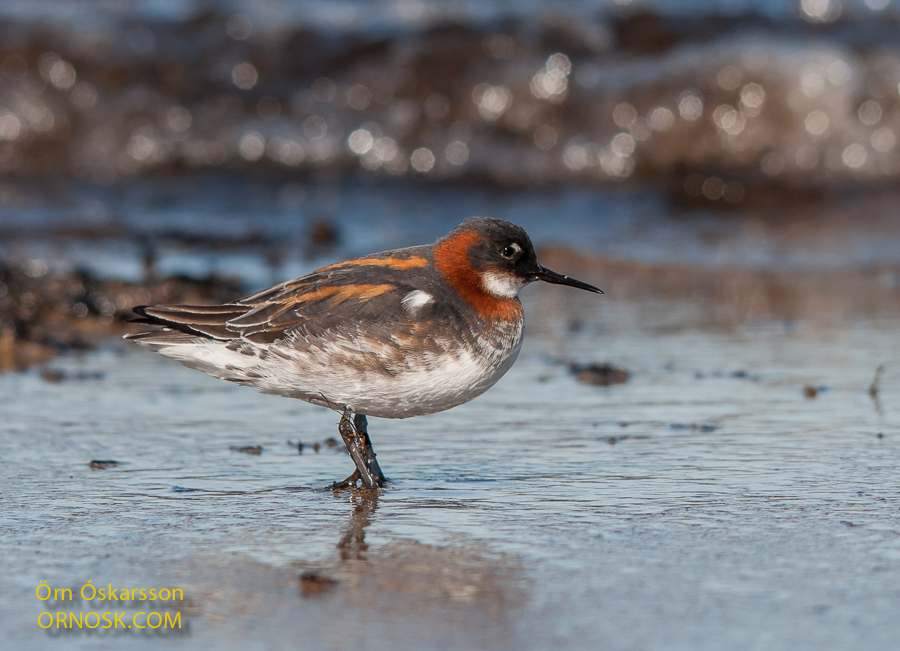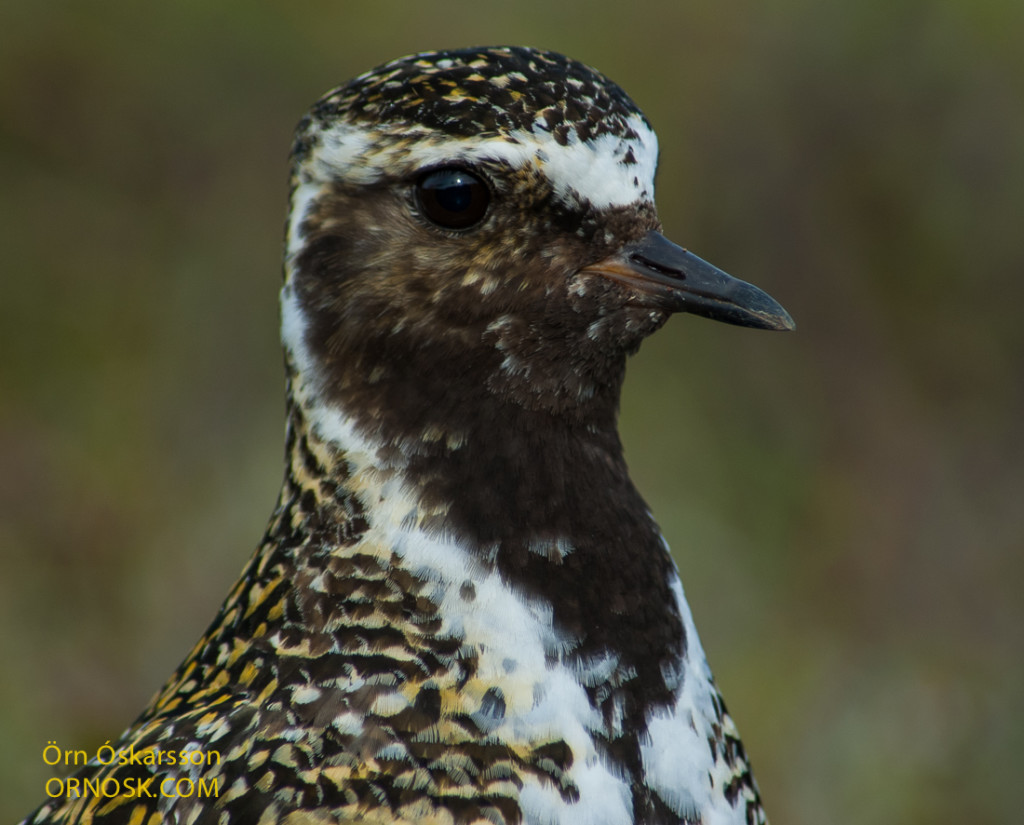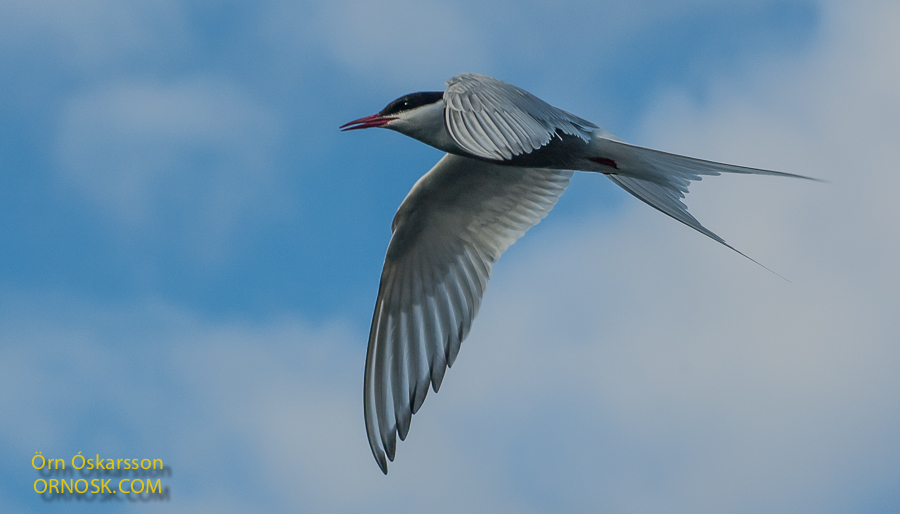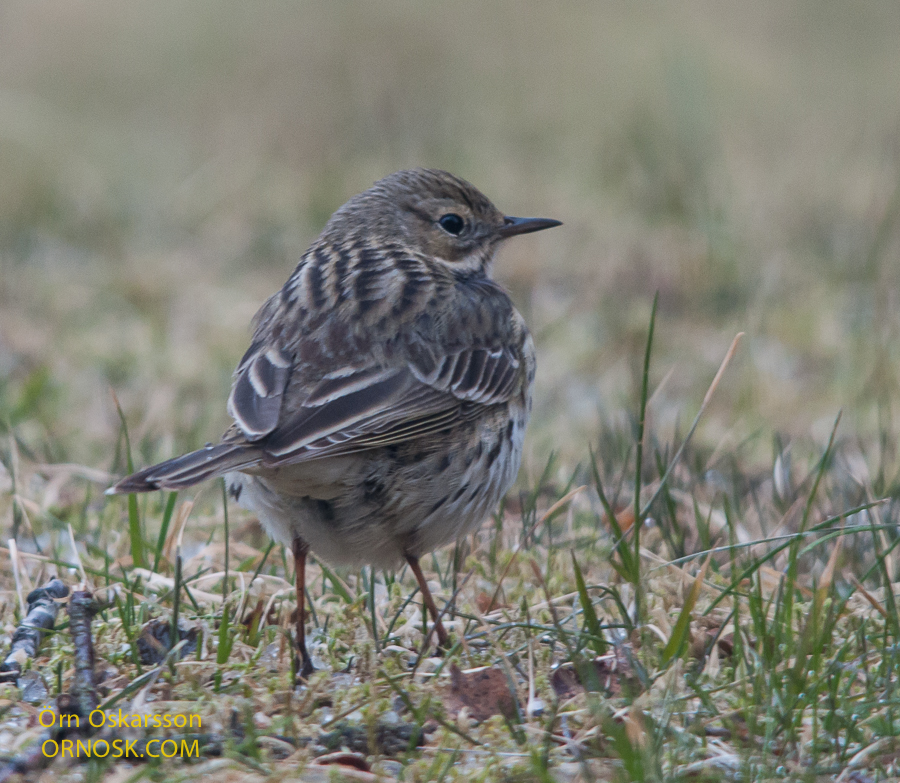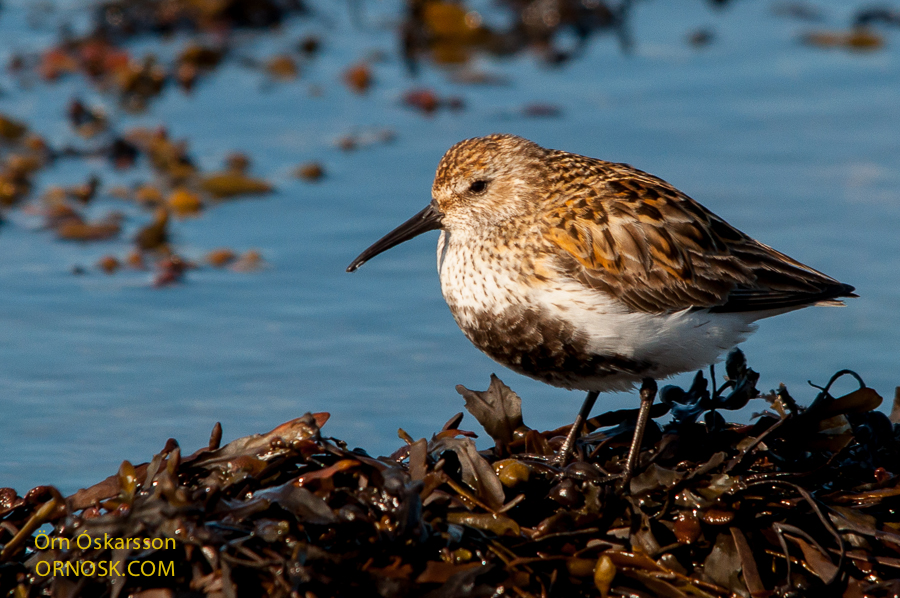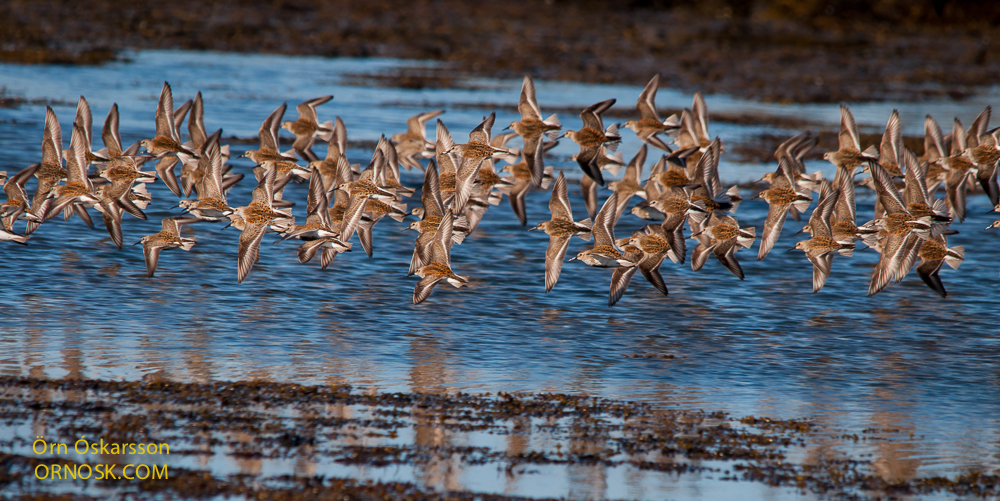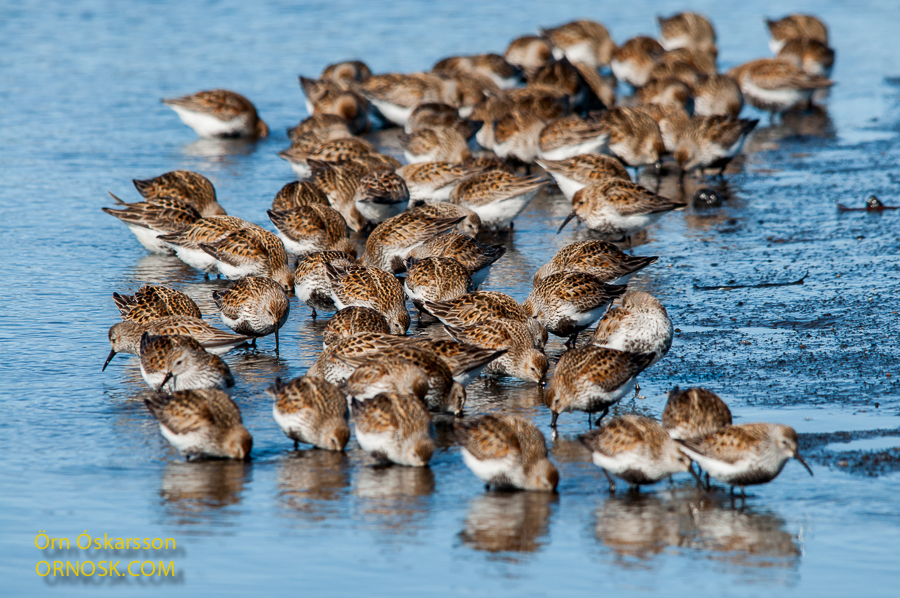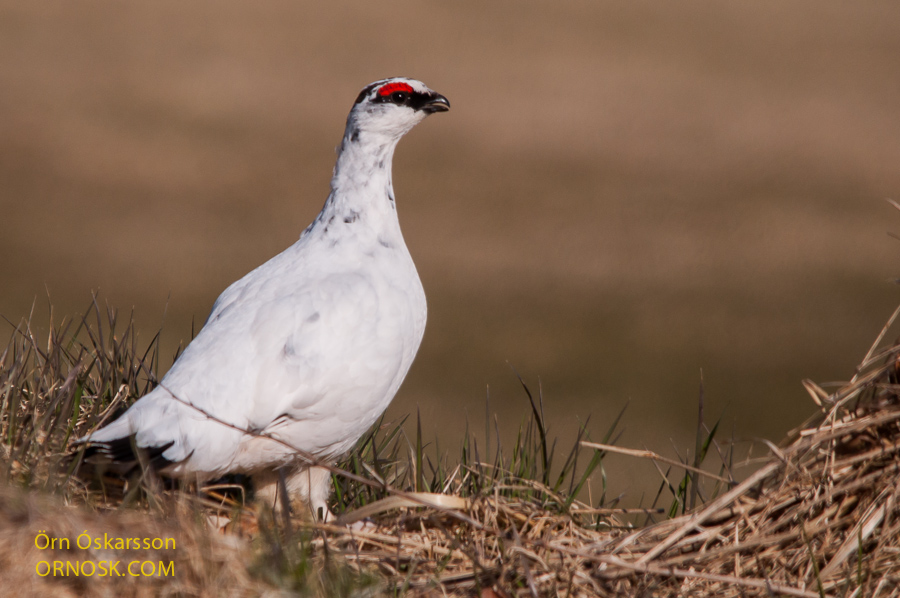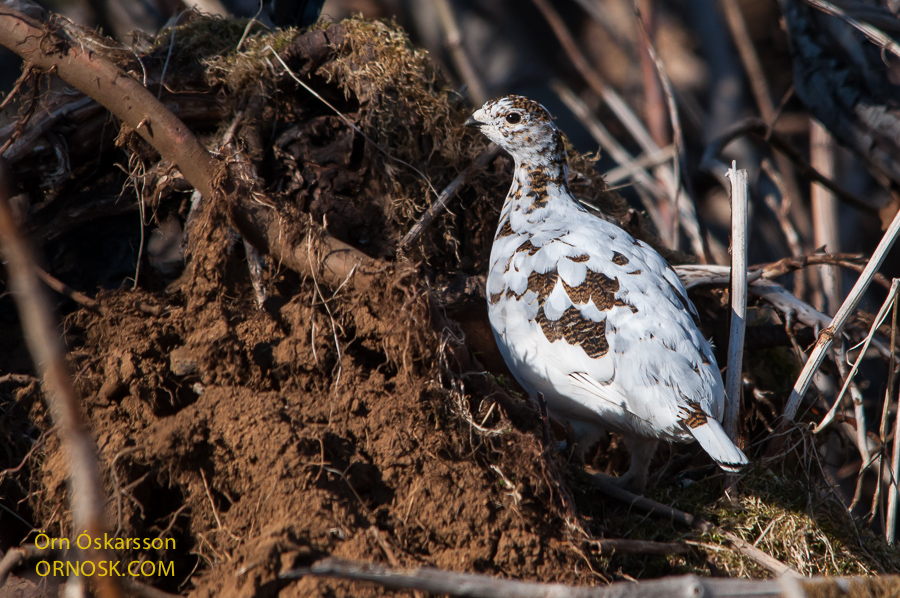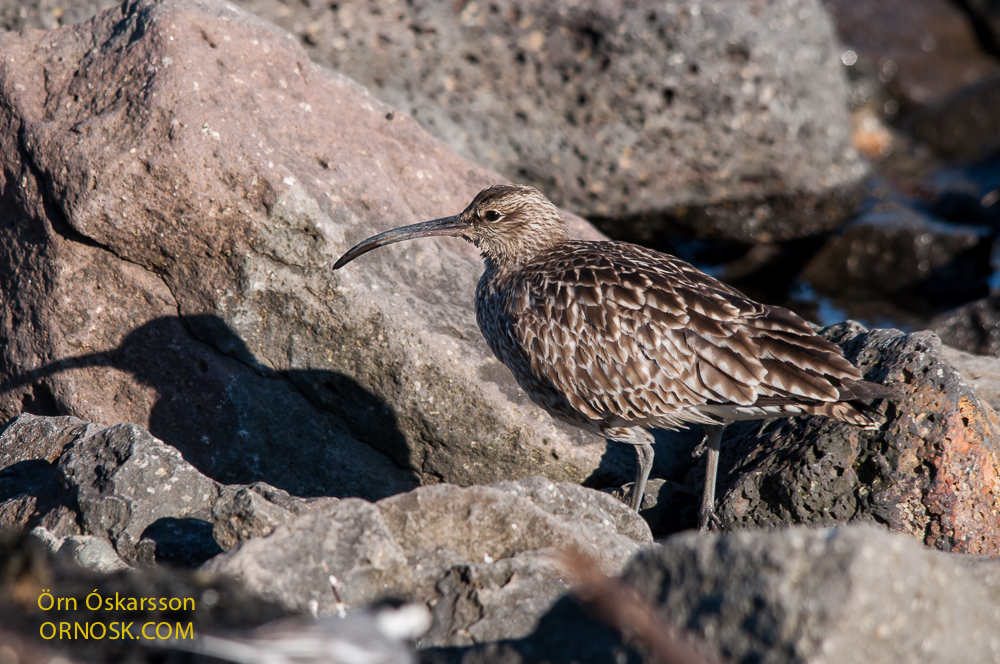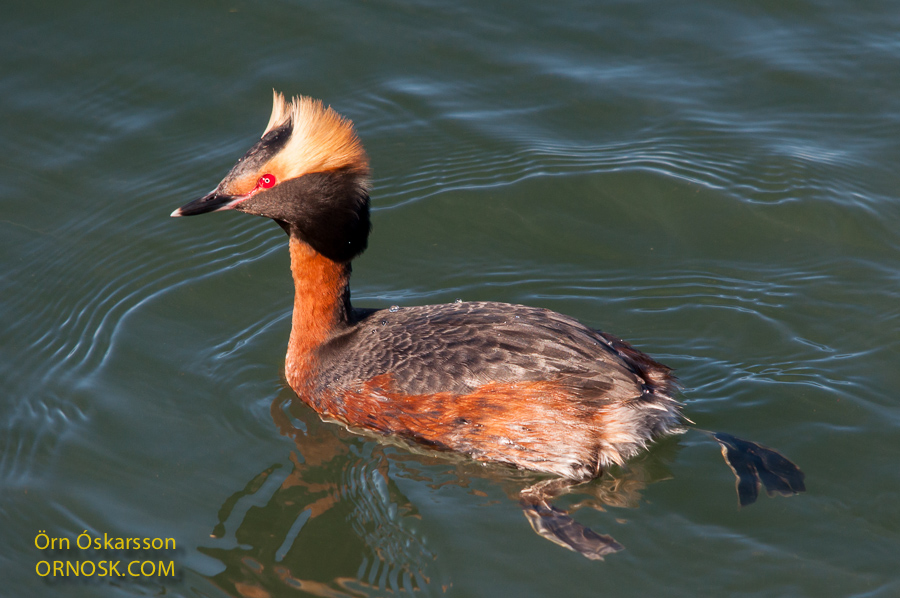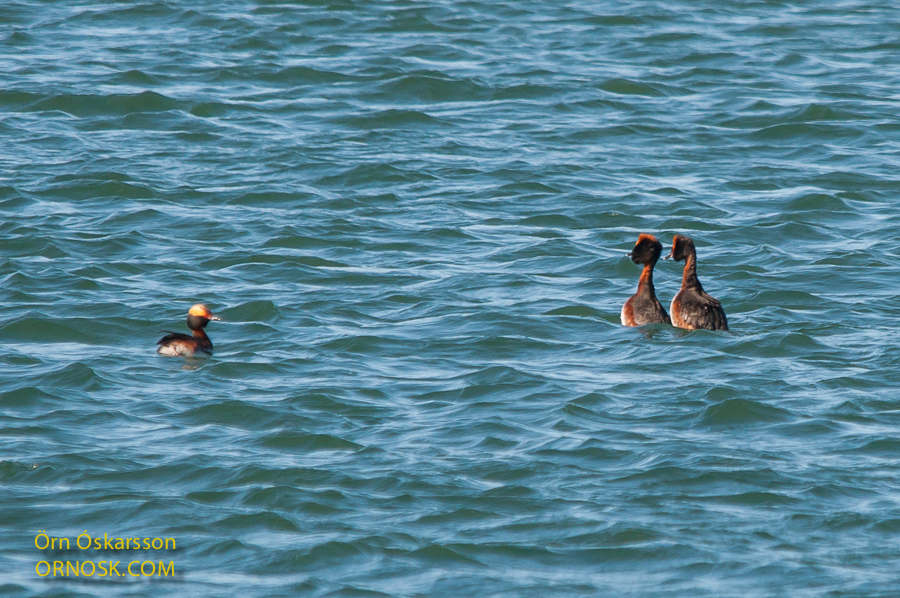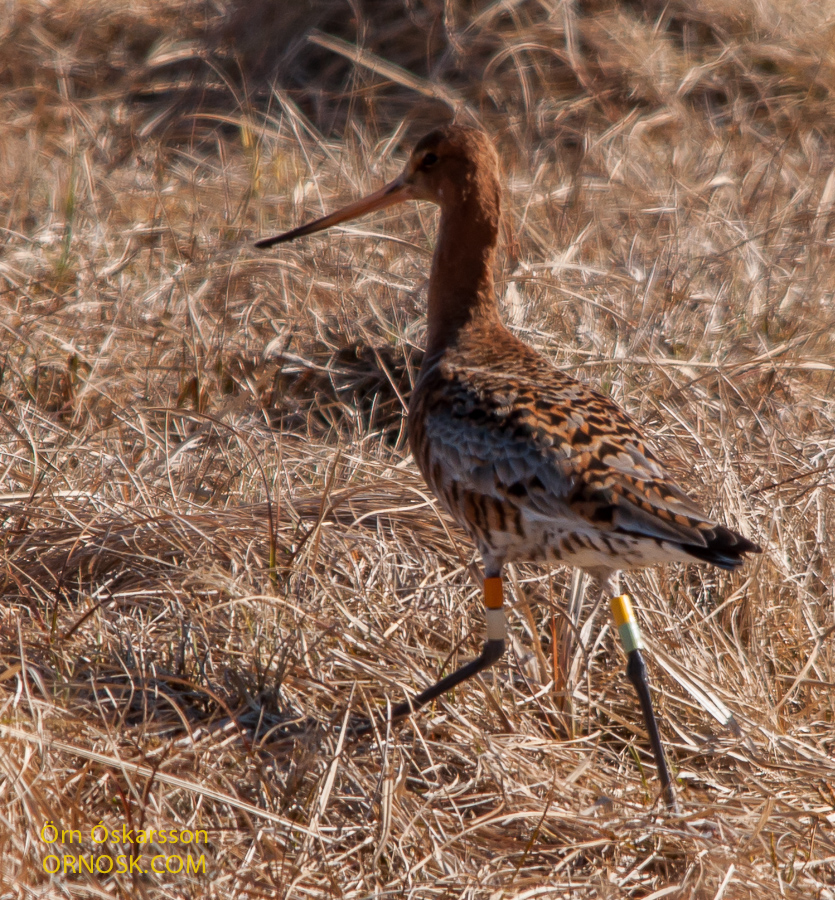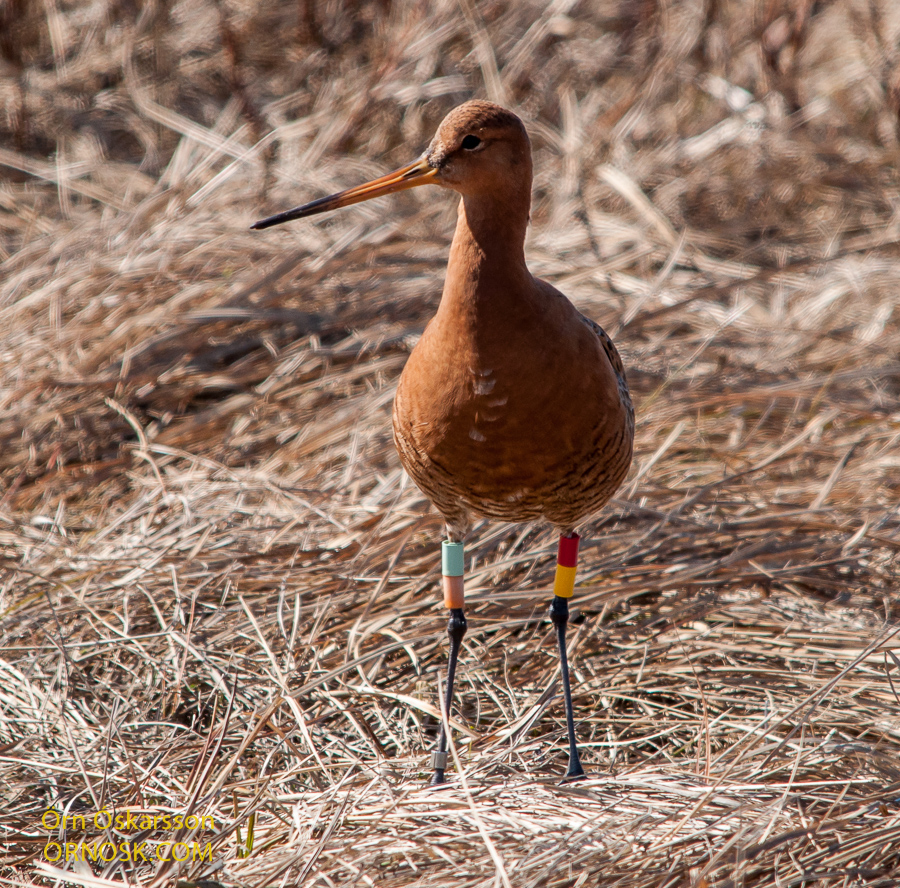The first Red-Necked Phalaropes (Phalaropus lobatus) have been arriving in Iceland in the last few days. They are the last of the migrants to arrive along with their cousins the Grey Phalarope/Red Phalarope (Phalaropus fulicarius) of which there are only a few in Iceland. The Icelandic Red-Necked Phalarope probably overwinters with the North American population on the Pacific coast of Ecuador and Peru. They are seabirds that only come inland to breed but they breed both in lowlands and highlands.
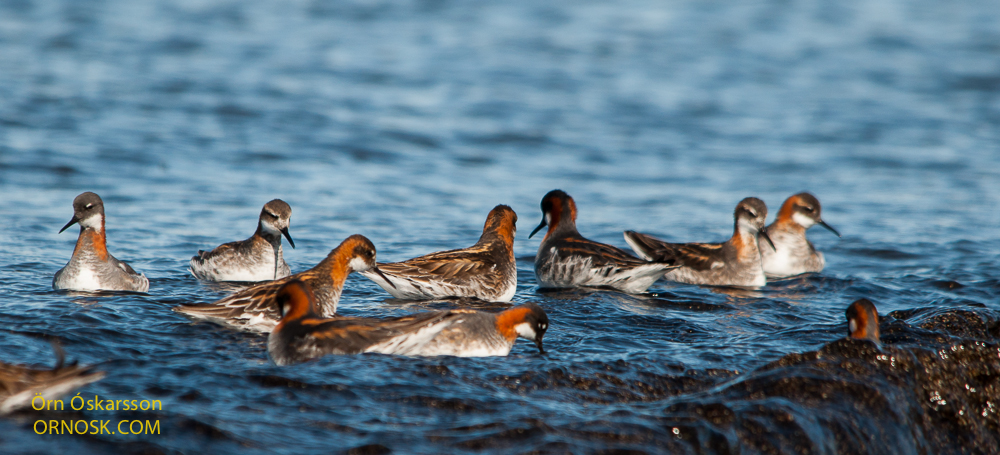
The Icelandic population is estimated around 50,000 pairs.
More on the Red-necked Phalarope

